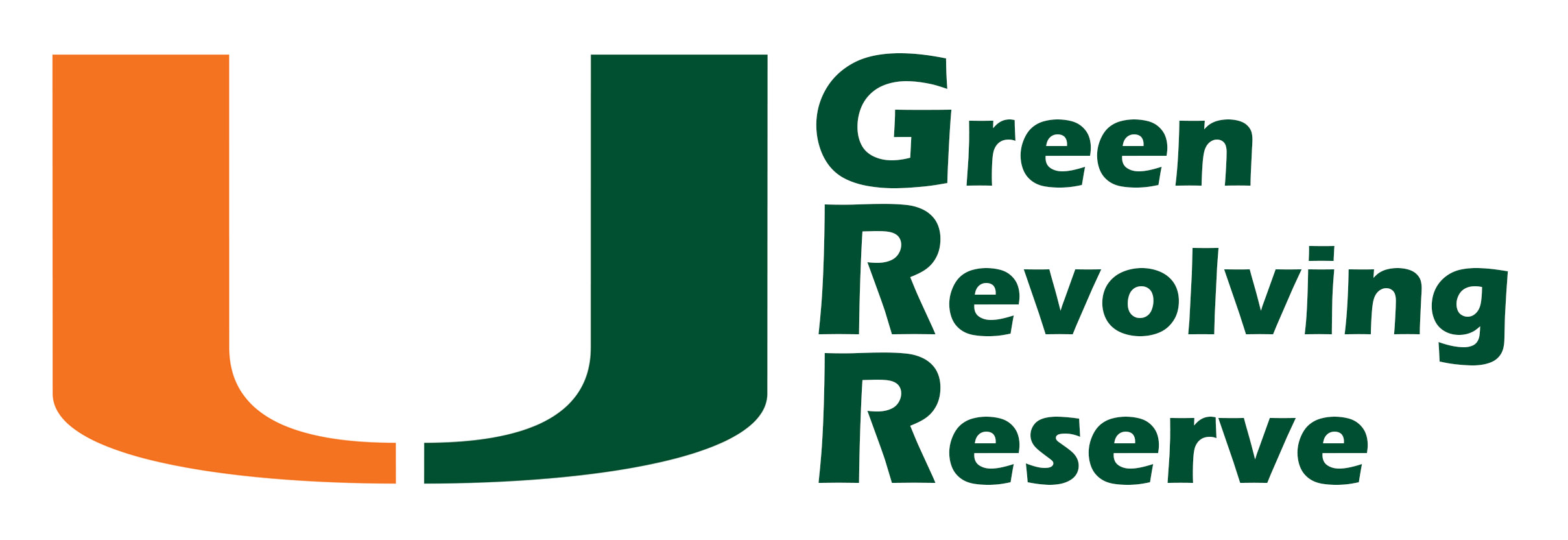The U Green Revolving Reserve is not active at this time
****
The U Green Revolving Reserve has been developed in 2015/2016 for the institution as part of the Sustainable Endowments Institute’s Billion Dollar Green Challenge initiative. The Budget and Planning Department allocated an initial $1 million to go towards projects to implement energy efficiency, renewable energy, and other cost savings sustainability projects. In addition, the UGRR will fund academically oriented energy efficient R&D projects at our facilities as a test bed for national deployment.
How the U Green Revolving Reserve works:
• Projects are considered for funding from the UGRR with priority given to those which fall within funding limits, have the shortest payback and positive environmental benefit. Projects which can be incorporated into the educational program of the University can also be favored.
• Amongst other things, proposed projects must include an estimated budget, projected energy and financial savings, and a payback period.
• Once investment is made in an approved project, the annual savings achieved (based initially on estimated savings) will be credited back to the UGRR to replenish it for future investments. Attempts will be made to verify actual savings versus estimates at the end of the first year and adjustments made as required so accounting entries are consistent with real savings.
• Mechanics of accounting: The operating budget benefitting from the projected savings will actually be charged at the projected savings level for the funded project. This projected savings will be based on the M&V process conducted as part of the project. An offsetting credit will be made to the UGRR until the original investment is fully repaid (including all line items in the budget). Once the original investment has been fully repaid to the UGRR, the Budget and Planning department and the Management Committee will review the benefit of the savings going forward.

• The UGRR does not necessarily receive an investment return above and beyond its original investment. Any rebates realized from utility companies, etc., will be credited directly to the UGRR shortening the repayment period, and ultimately benefitting the operating budget more quickly. It is not assumed that the UGRR ever repays the Budget and Planning department the original $1 million in seed money. Rather, once the initial approved projects replenish the UGRR from their annual projected/actual savings, new projects are funded so that the fund is essentially a perpetual and revolving source of funding for environmental sustainability projects.
For more information, contact greenu@miami.edu






